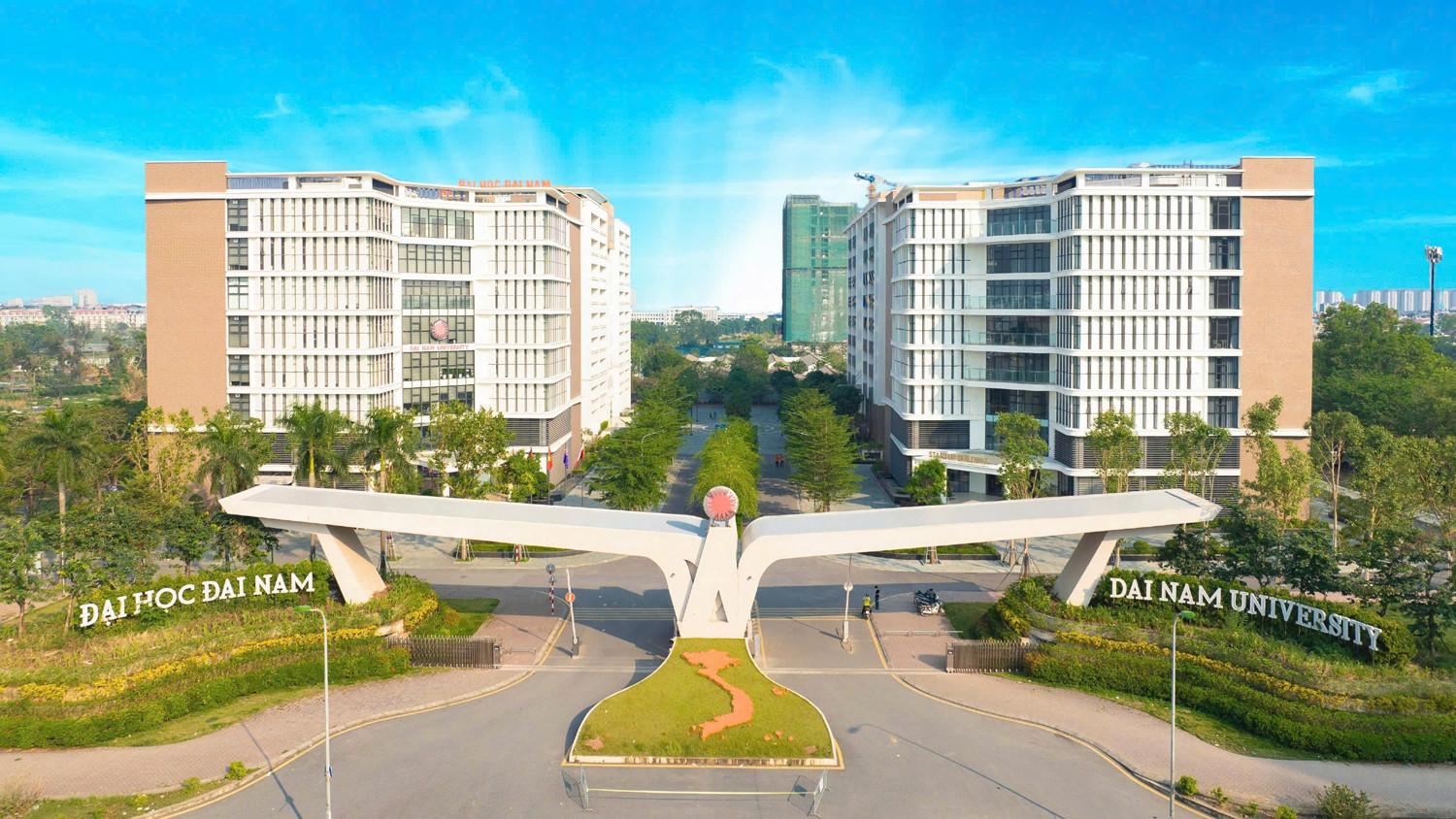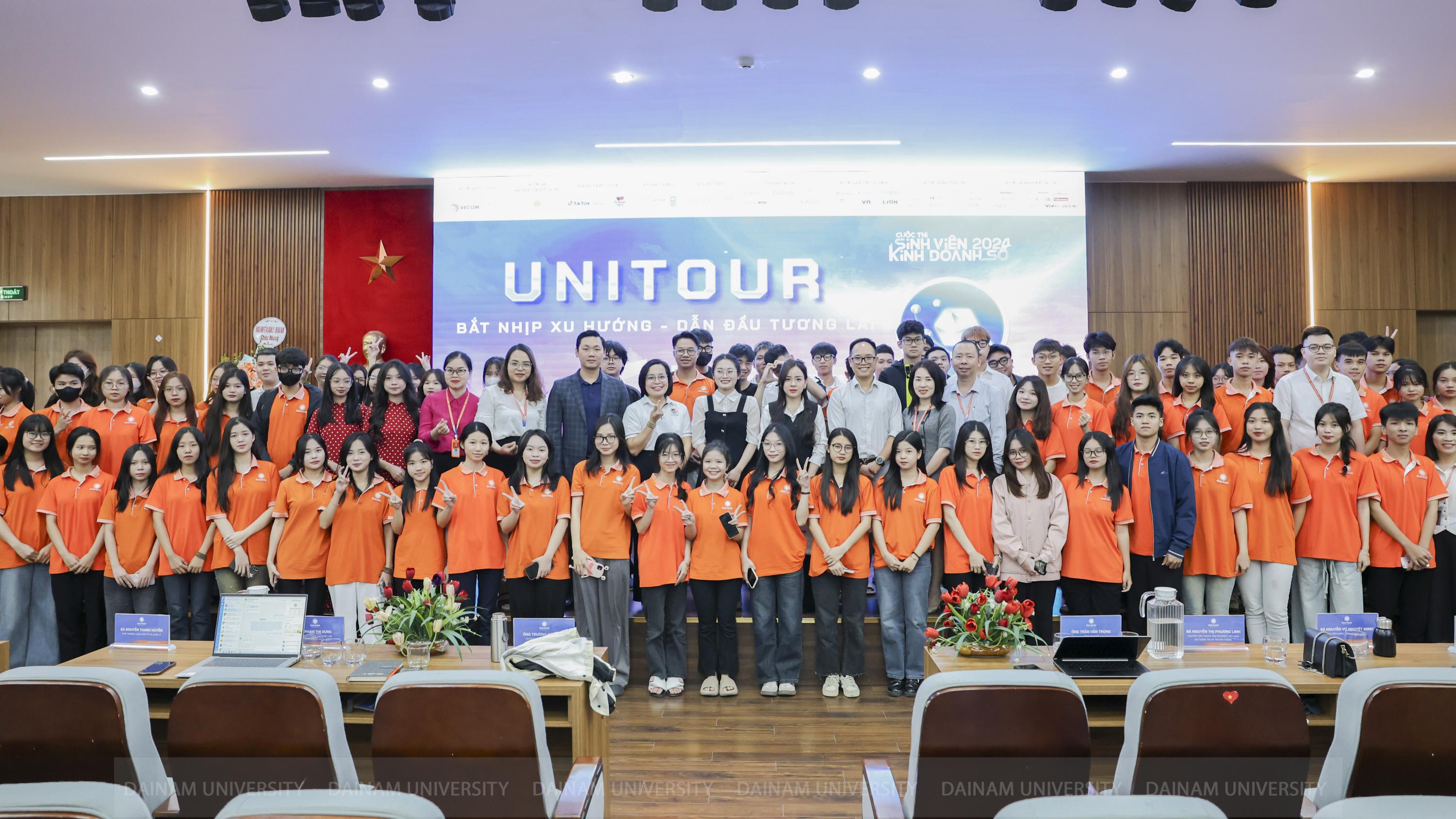National Innovation System

1. Concept:
National Innovation System is a system of links between the academic sector (knowledge producers represented by universities and research institutes) and the industrial sector (industry - Manufacturing sectors - Production activities).
In which the State/Government plays a role in creating, connecting, and creating a policy and institutional environment to promote interactions between the academic and industrial sectors to create, apply, and transform knowledge into added values to serve the people and society.
An innovation-based economy is an economy built on high added value, strong R&D potential and high-tech industries. To develop an innovation-based economy requires strong investment in R&D, innovation and commercialization of R&D results by the industrial sector and enterprises.
In addition, it is necessary to establish close partnerships between public research institutions (research institutes, universities) and the business sector. Countries that have established economies based on the leading role of innovation share the common characteristic of having a very strong national innovation system (NIS).
2. Components of NIS
Although there are many components in NIS, the following four components are considered to be the core and most important: Enterprises, especially enterprises investing in innovation activities (product, process, technology innovation); Universities, research institutes and training activities related to innovation; Government agencies that make policies, fund and implement activities to promote innovation; Business promotion organizations, industrial research centers and innovation intermediary organizations.
Regarding the relationship between the components in NIS, they are always connected, blended together and have the same goal of creating new products, new services, and at the same time improving the competitiveness of enterprises, industries and countries. In addition, it also shows the integration and connection between research and development and innovation capabilities both domestically and internationally. It can be said that as the economy becomes more and more knowledge-based, it becomes more and more difficult to distinguish the boundaries between science, technology, and production processes, between scientific and technological potential and production potential and economic potential. Entrepreneurs now have to be managers who are knowledgeable about technology, competition, the business environment and culture.
Universities and research and development institutes are the places where knowledge is produced, forming the foundation for the innovation process; enterprises are the places where the commercialization of knowledge produced from universities and research and development institutes takes place and is implemented, playing a central role in the innovation process; the State, together with the financial system, plays the role of coordinating, supporting and creating a favorable environment for the process of knowledge production as well as commercialization of knowledge through the innovation policy system.
In the process of technological/product innovation, enterprises often use patent information and cooperate with universities and research institutes to implement product and service ideas. At the same time, universities and research institutes themselves often aim to serve enterprises to survive and develop. However, all these activities will be carried out in a current legal environment and indispensable regulation by the State.
3. Research and policy implications
The subjects of NIS are the government, businesses, universities, scientific organizations and communities closely linked together, coordinating smoothly with the aim of promoting the creation of new knowledge, applying knowledge into practice, and turning knowledge into value.
Therefore, State policies need to have a comprehensive and synchronous impact on the national innovation system, including policies for research institutes and universities to promote research activities to create knowledge and technology, and policies for businesses to promote the application of knowledge and technology to create wealth and material for society.
More importantly, it is important to promote close and effective linkages between these elements in the system.
Comprehensive and synchronous impact policies mean: In addition to direct solutions on science and technology, policies on trade, investment, development of small and medium enterprises, education and training, regional development, public procurement, development of domestic and international markets, etc. are needed.
(Synthesized from the document: Science, technology and innovation contribute to increasing labor productivity, Ministry of Science and Technology and Tia Sang Magazine)
Graduate Training Institute










